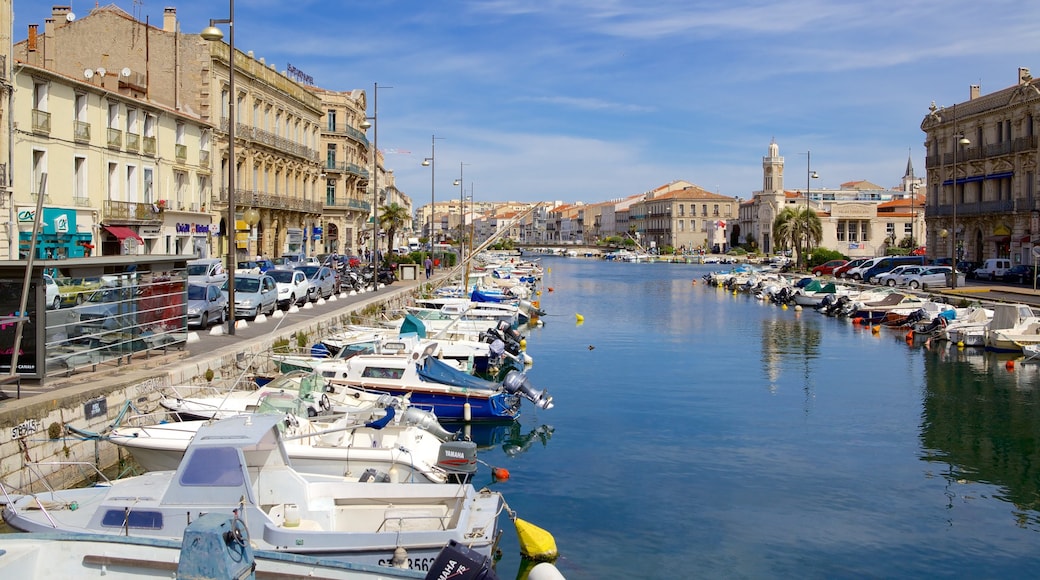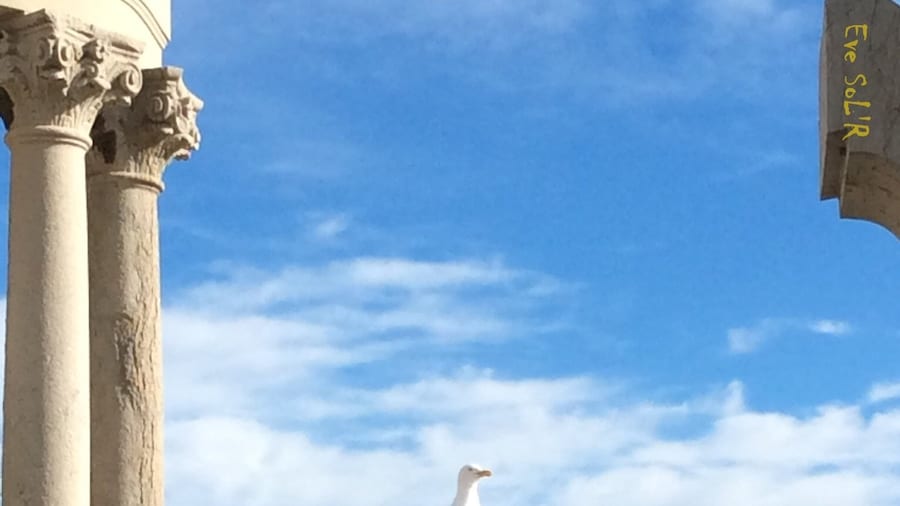Stroll along the network of canals, retreat to nearby beaches and enjoy some of the finest seafood in France in this boisterous port city.
Sète is known as the “Venice of Languedoc” for its attractive system of canals, including the final stretch of the 150-mile (241-kilometer) Canal du Midi. Watch fishing boats vie for space as they weave around the maze of canals, learn about hometown heroes at local museums and eat seafood fresh from the nearby lagoon.
The town was founded in 1666 under orders from Louis XIV. Construction began on both the town and its port as an outlet for the Canal du Midi. Following the construction of the port, Sète thrived. To this day, it still plays an important role as a commercial fishing center.
Walk around the characterful 17th-century canals, many lined with pastel-colored buildings. Look for the Canal Royal, which hosts an annual water jousting tournament that sees two boats square off using lances.
Ascend Mont St-Clair hill by foot or take a bus or taxi to the summit to enjoy panoramic views of the Mediterranean Sea and the Languedoc mountains. Look for the Musée Paul Valéry near the top. This museum is dedicated to the famous symbolist poet and essayist who was born in Sète.
To discover more about Sète’s famous residents, visit the Espace Georges Brassens, a museum that commemorates the Sète-born singer-songwriter. Pay your respects to Valéry and Brassens at their burial sites in Cimetiére Marin, a cemetery with spectacular views of the sea.
Spend an afternoon lounging on La Corniche beach, perfect for swimming and sunbathing. It is located about 1 mile (1.6 kilometers) east of the old port. Back at the harbor area, choose from many seafood restaurants on the quay.
During late August, Sète hosts the annual Fête de la Saint-Louis, with water jousting competitions on the main canal.Sète’s nearest airports are Béziers and Montpellier. Both cities are connected to Sète by rail routes.
Sète is easy to navigate by foot. Reliable local buses can help you get the most out of this surprisingly lively and engaging city.













